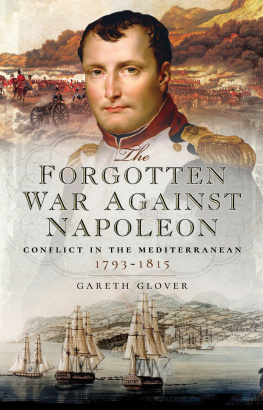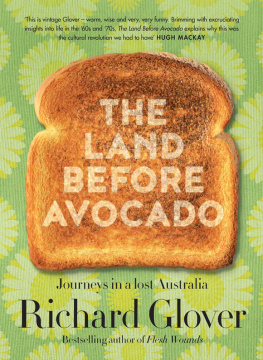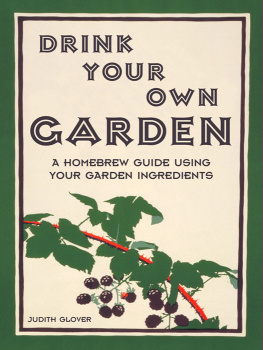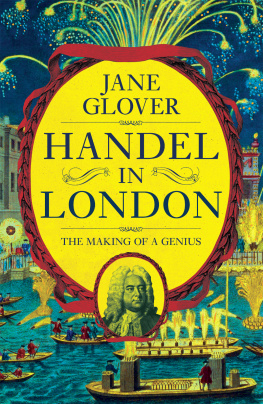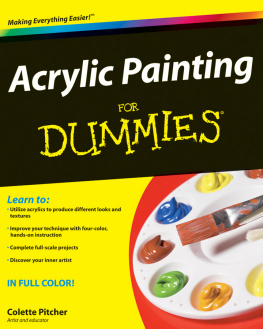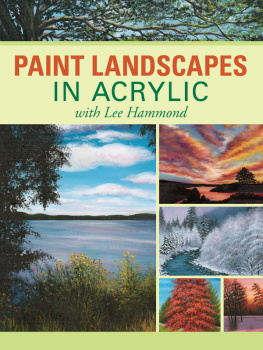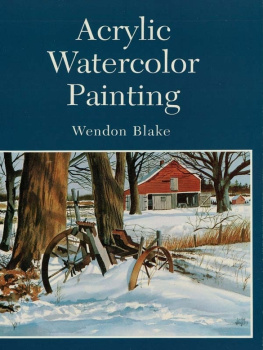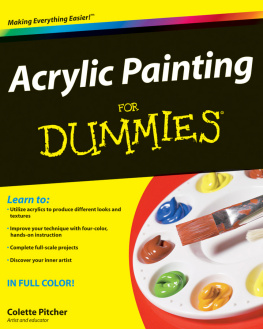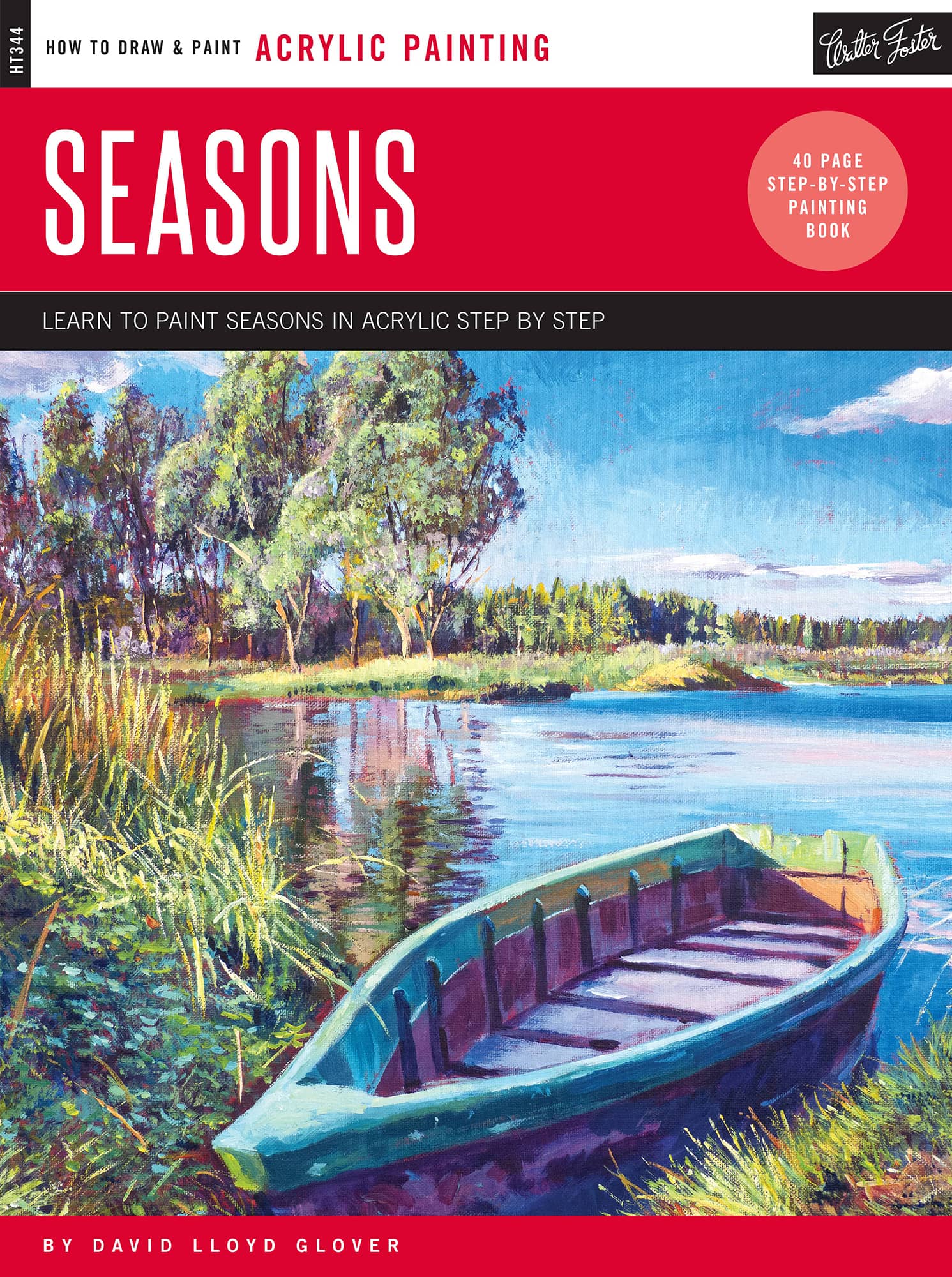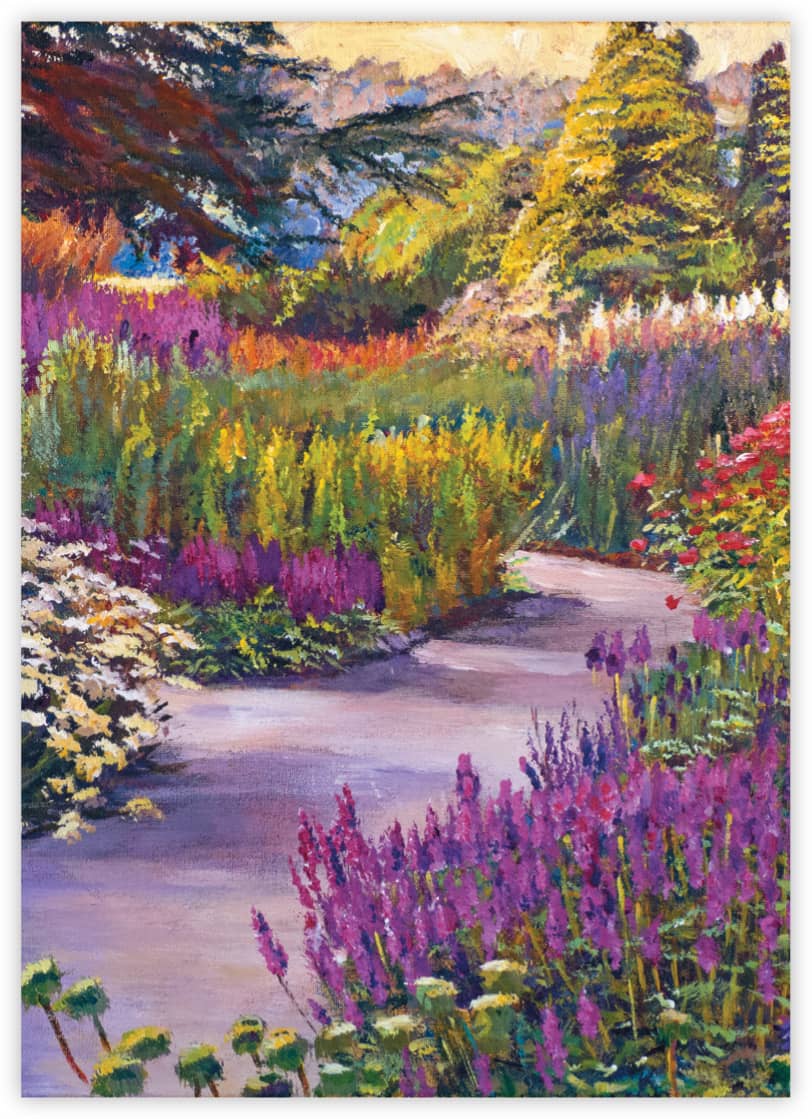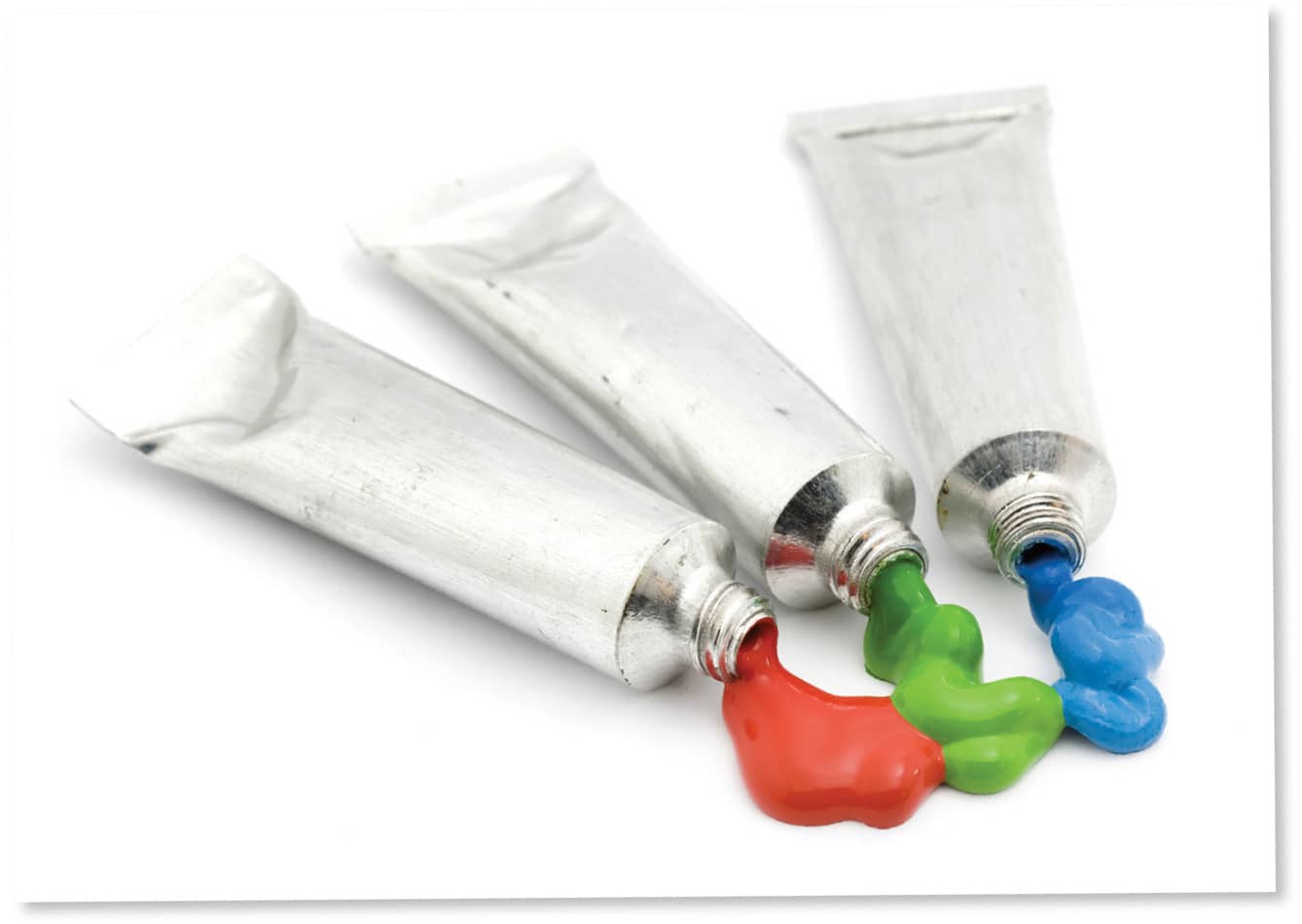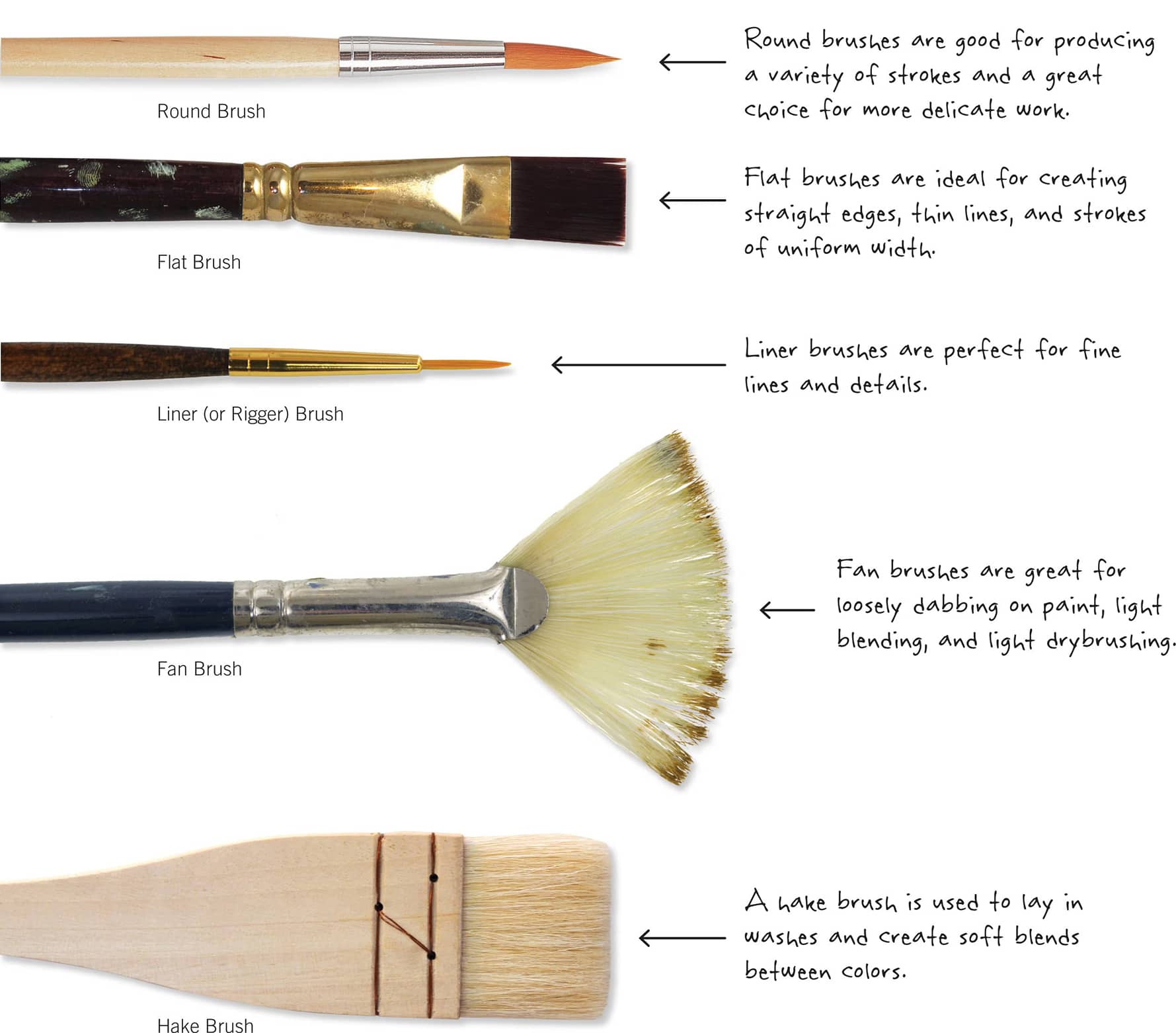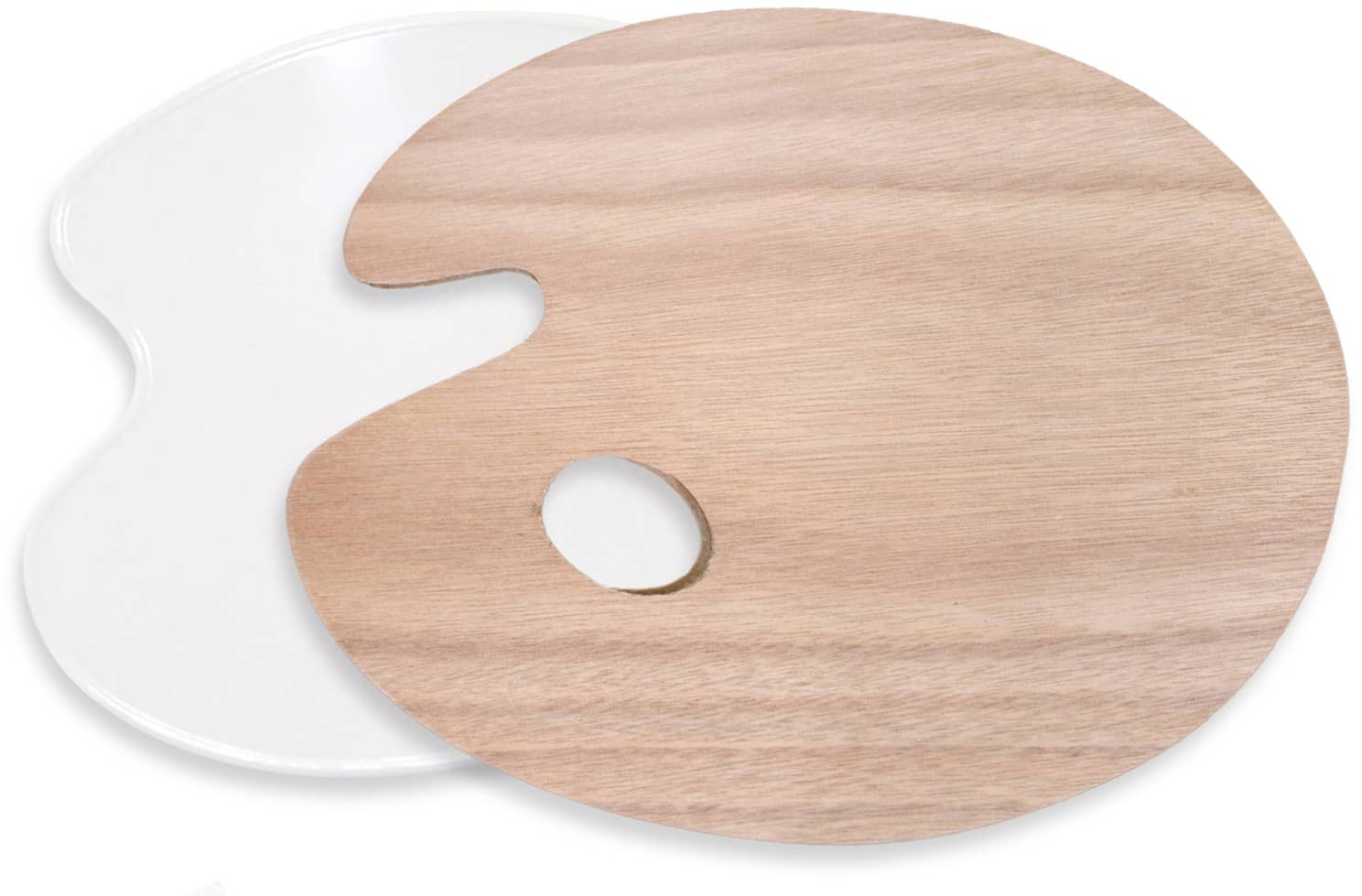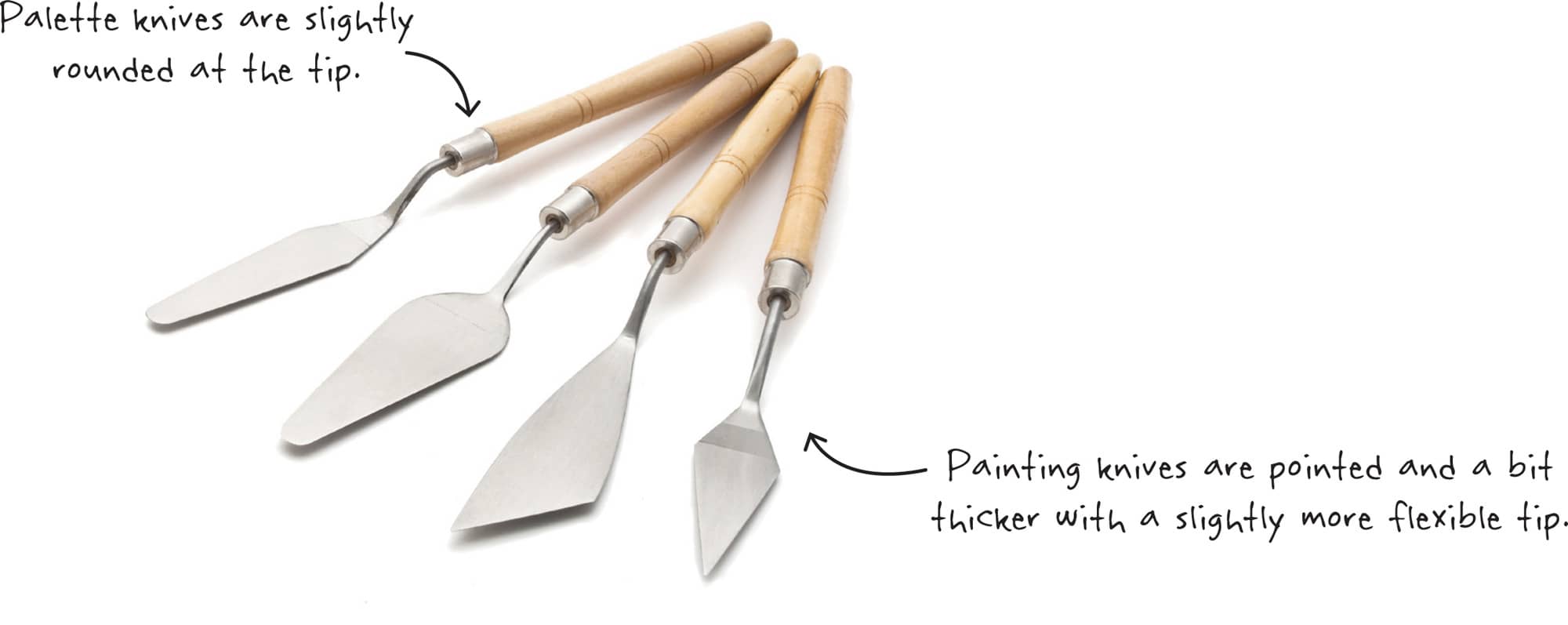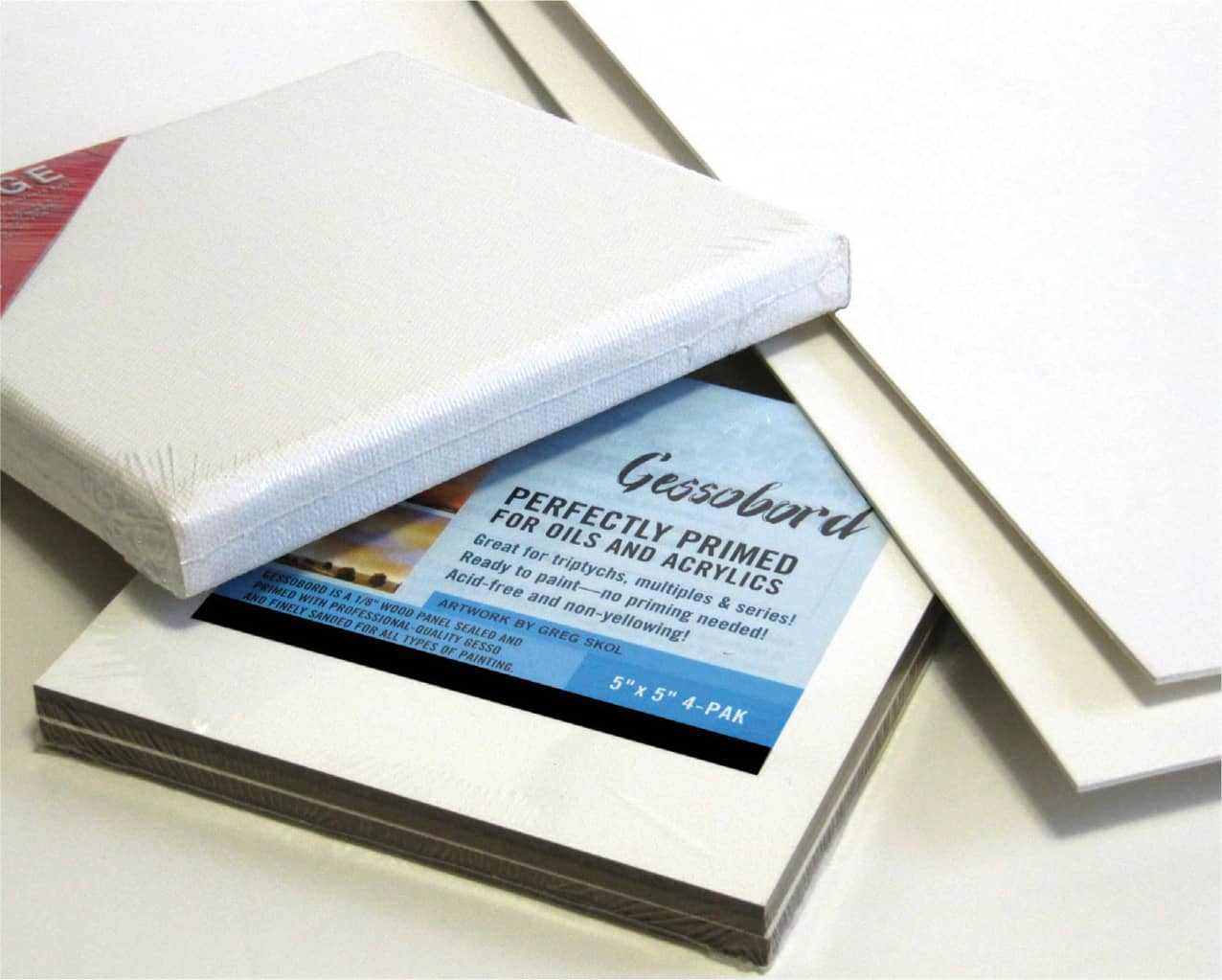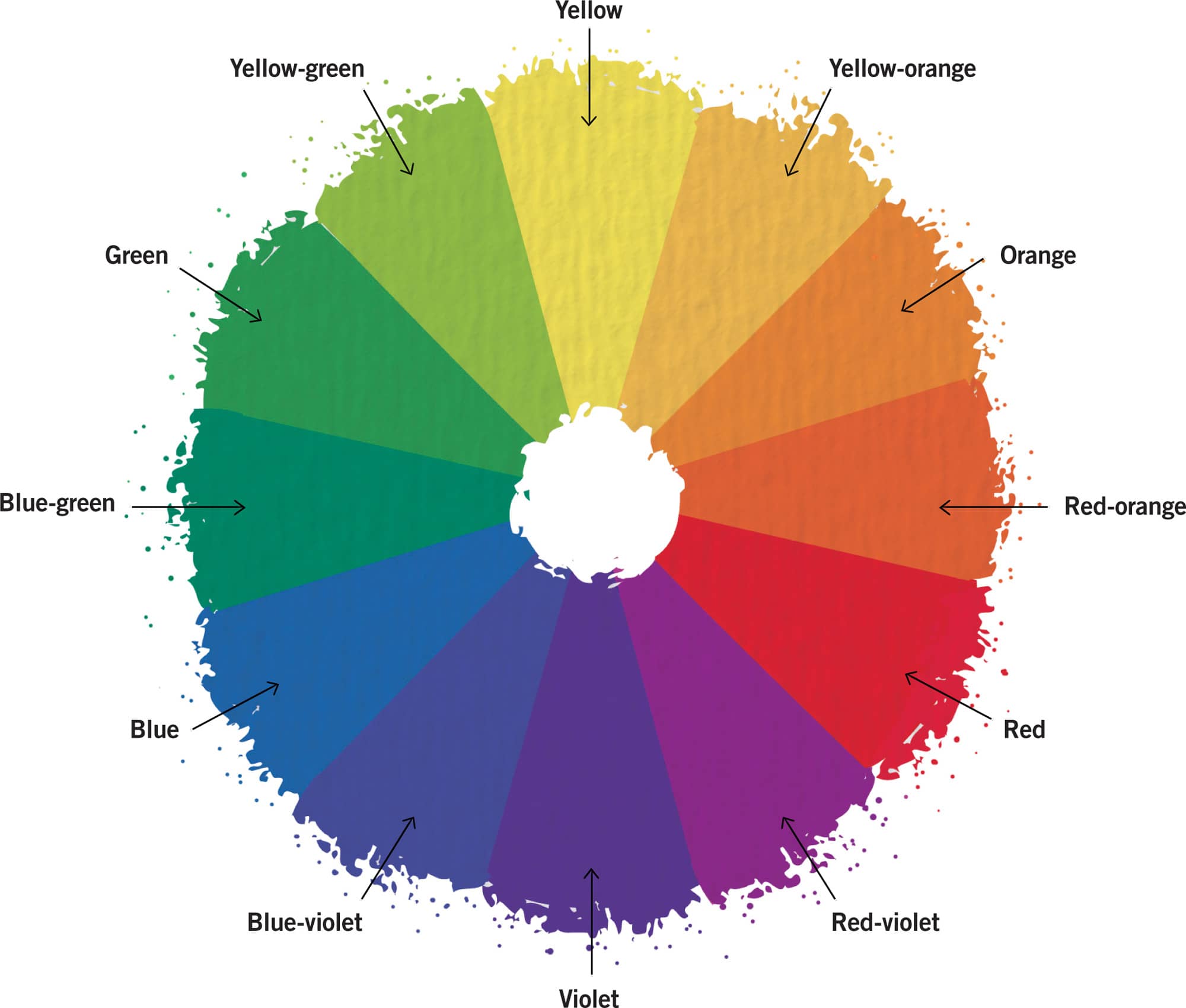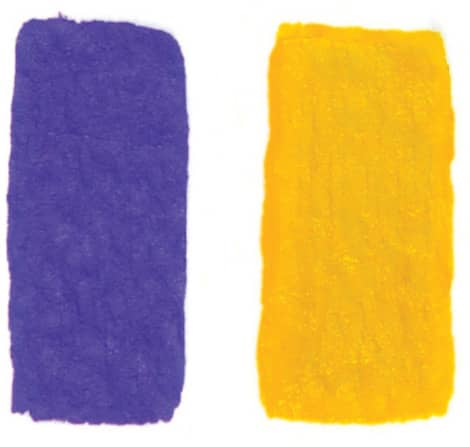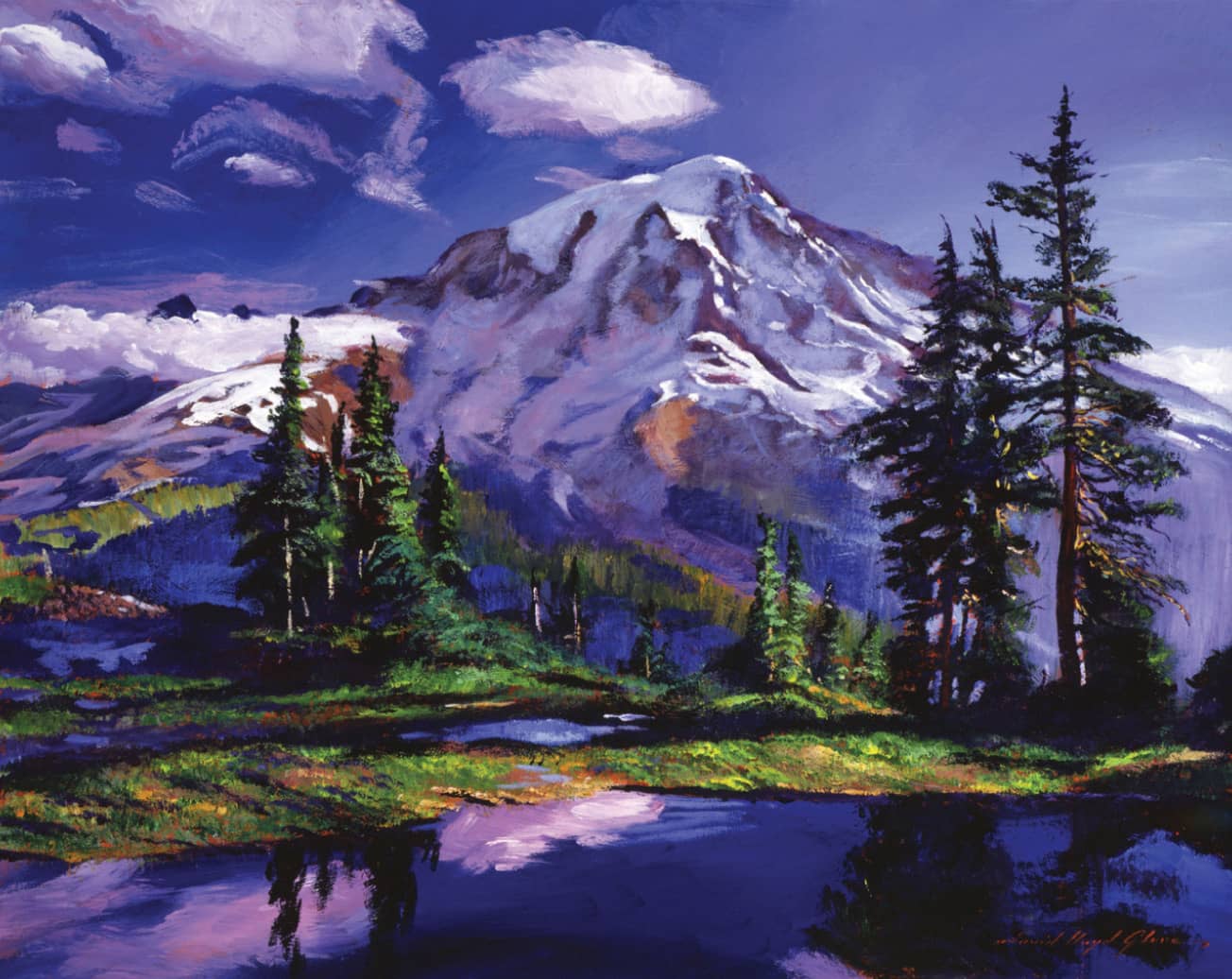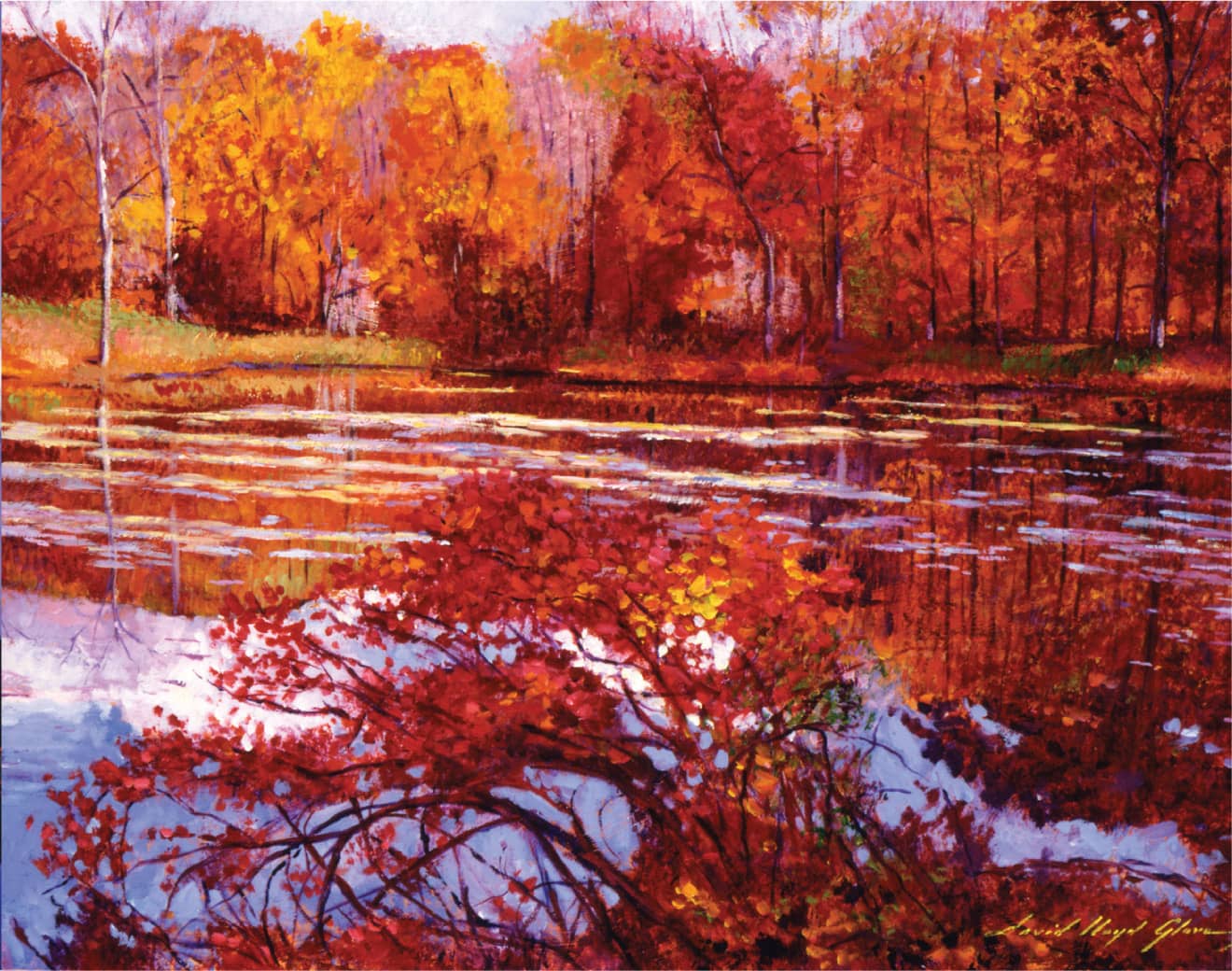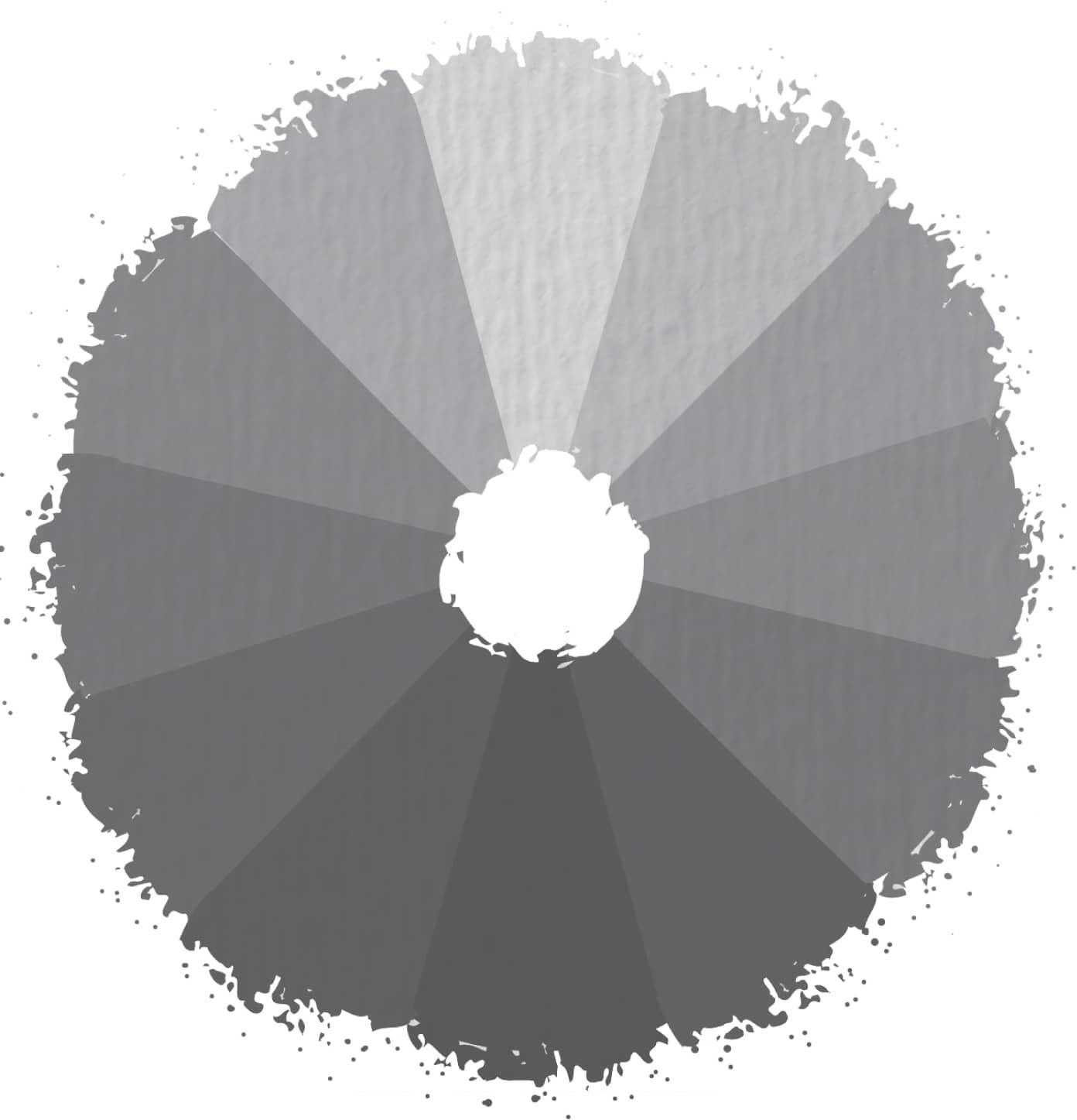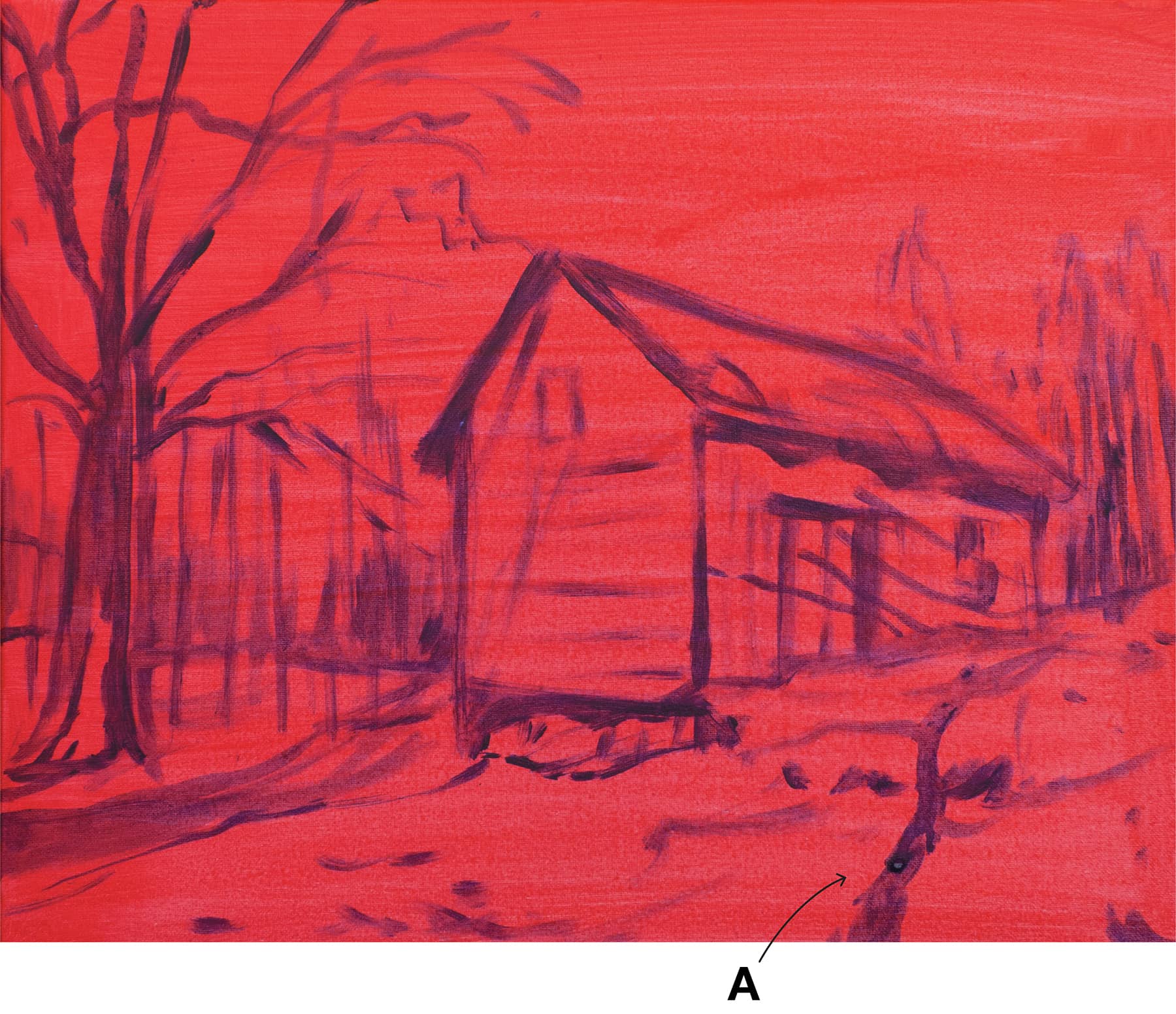Sponges are great for dampening your canvas and applying paint to create texture.
Painting Surfaces
Although you can paint on many surfaces, canvas is the most popular choice. Pre-primed and stretched canvas, which is available at arts and craft stores, is stretched taut over a wood frame and coated with acrylic gessoa white primer that provides an ideal surface for holding paint.
Additional Supplies
Some additional supplies youll want to have on hand include:
Paper, pencils, and a sharpener for drawing, sketching, and tracing
Jars of water, paper towels, and a spray bottle of water
Blackboard chalk and/or vine charcoal for sketching over dry paint
Acrylic glazing medium or retarder
COLOR BASICS
A basic knowledge of color and color relationships is essential in learning how to paint. One of the easiest ways to approach color is by seeing it on a color wheel, which is a visual organization of color hues around a circle. Seeing the colors organized in this fashion is helpful for color mixing and choosing color schemes.
Color Wheel
The color wheel helps us see relationships between primary, secondary, and tertiary colors. Primary colors are blue, red, and yellow. We can create a multitude of other colors by combining blue, red, and yellow in various proportions, but we cant create the three primaries by mixing other colors. Secondary colors include orange, green, and violet. You can create these colors by combining two primaries. Red and yellow make orange, blue and red make violet, and yellow and blue make green. Tertiary colors are created by mixing each primary color with its neighboring secondary color. These colors include red-orange, yellow-orange, yellow-green, blue-green, blue-violet, and red-violet.
Complementary Colors
Complements sit opposite each other on the color wheel. For example, red sits opposite green, blue sits opposite orange, and yellow sits opposite purple. These colors are considered opposites in their hues and yield the maximum amount of color contrast possible. When complements are mixed together, they form a dull gray, brown, or neutral color.
Neutral Colors
Neutral colors are browns and grays, both of which contain all three primary colors in varying proportions. Neutral colors are often dulled with white or black. Artists also use the word neutralize to describe the act of dulling a color by adding its complement.
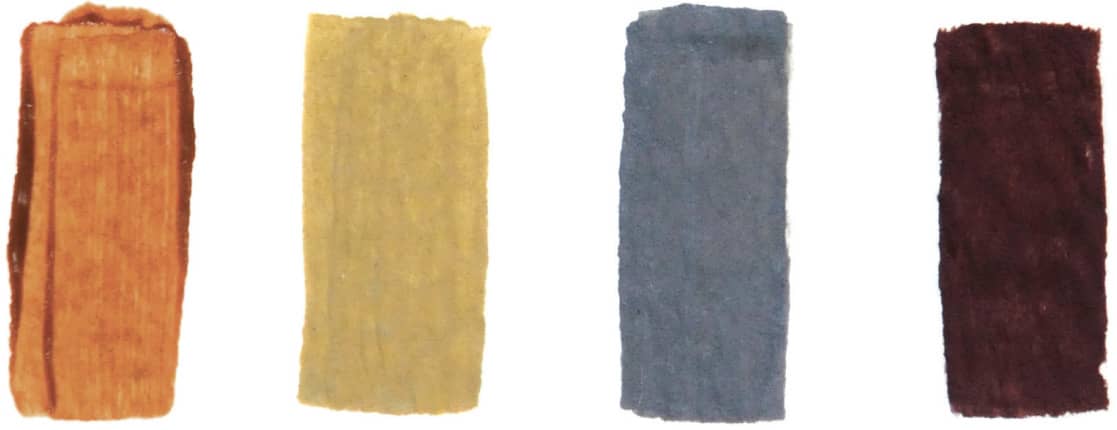
Color Temperature
Color temperature refers to the feeling one gets when viewing a color or set of colors. Generally, yellows, oranges, and reds are considered warm, whereas greens, blues, and purples are considered cool. When used within a work of art, warm colors seem to advance toward the viewer, and cool colors appear to recede into the distance. This dynamic is important to remember when suggesting depth or creating an area of focus.
Cool
Warm
Color & Value
Within each hue, you can achieve a range of valuesfrom dark shades to light tints. However, each hue has a value relative to others on the color wheel. For example, yellow is the lightest color and violet is the darkest. To see this clearly, photograph or scan a color wheel, and use computer-editing software to view it in grayscale. It is also very helpful to create a grayscale chart of all the paints in your palette so you know how their values relate to one another.
PROJECT ONE
LIGHT & SHADOW
Winter scenes always evoke great nostalgia and give people a warm feeling. A simple palette highlights the weathered maple sugar barn in the New England countryside.


